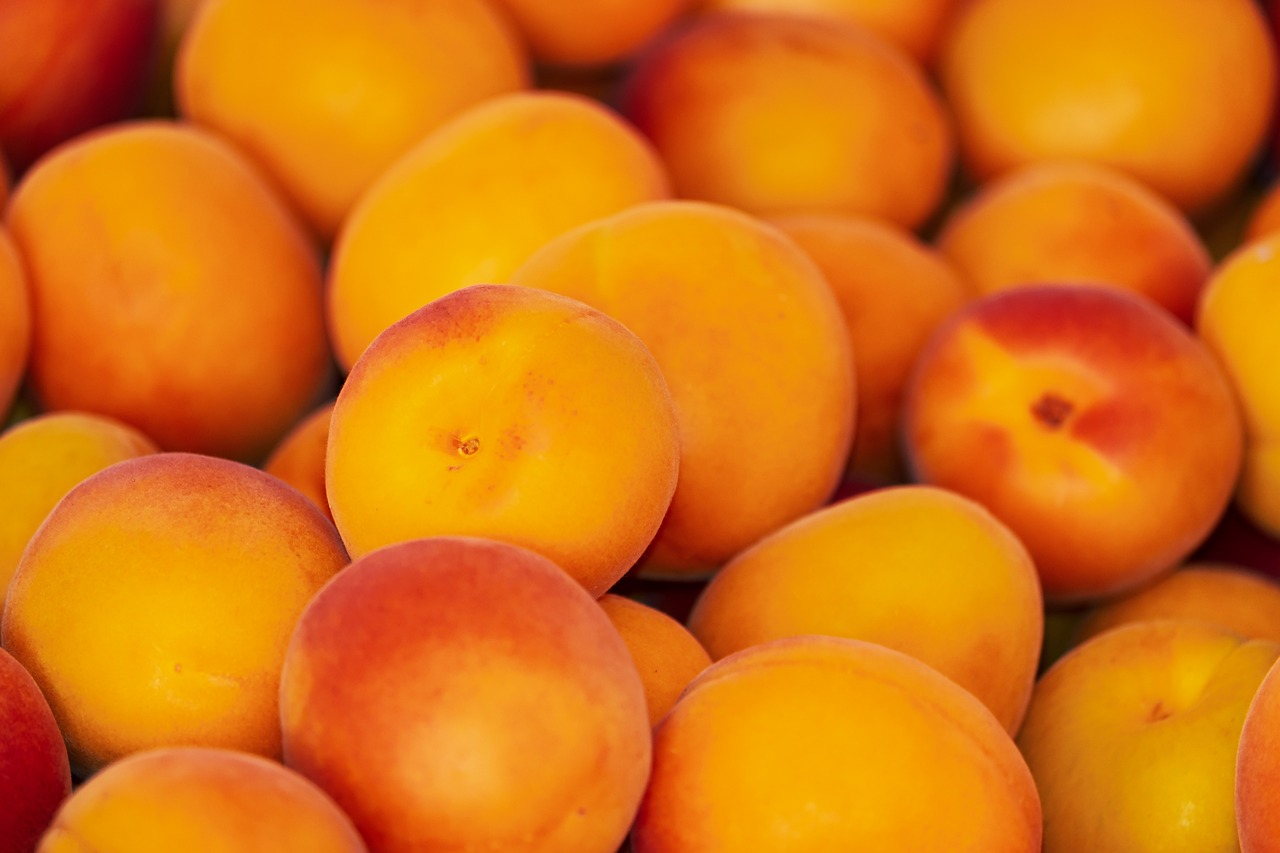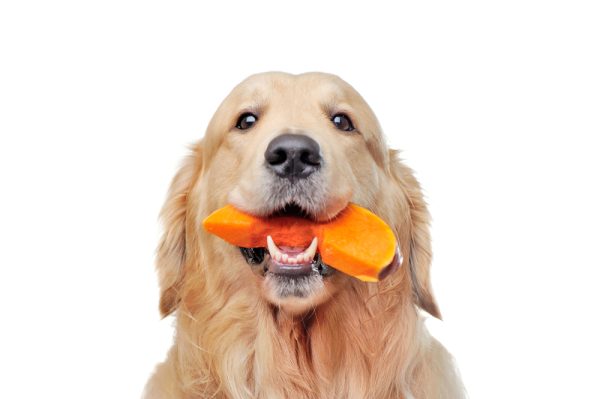Dogs are facultative carnivores, meaning that like omnivores, they can eat some plant matter as well as meat. Many like eating sweet foods and can be found eating windfall fruit. If your dog has a sweet tooth, consider feeding them fruit, as it’s much healthier than sugary baked goods. Dogs can eat a variety of fruits, and apricots seem to be a popular choice for them. The pit must always be removed first.
The best way to feed apricots to dogs is to remove the pit and slice them into bite-sized chunks. When fed in moderation, apricots can be a healthy, low-calorie snack that you can share and enjoy with your dog.

Why Can Dogs Eat Apricots
Dogs can enjoy many different kinds of fruits, including apricots. Apricots are a low-calorie snack that is also a good source of fiber. Dogs can eat the skin and flesh of the fruit, but it’s important to remove the stem and pit before feeding it to them.
Of course, with any food, apricots must be fed to dogs in moderation. Eating too many apricots in one sitting can cause an upset stomach, and dogs can end up experiencing vomiting or diarrhea.

Benefits of Feeding Apricots to Dogs
There may be some health benefits your dog can experience when they eat apricots. First, it’s relatively low in calories, so it’s a safer choice to feed your dog than sugary snacks if your dog enjoys eating sweet things.
Apricots are highly nutritious and contain vitamins and minerals that are essential for dogs as part of a balanced diet. They’re an excellent source of vitamin A, vitamin C, calcium, potassium, manganese, magnesium, and phosphorus.
Apricots do contain some fiber with an average apricot providing 0.7g of dietary fiber. Fiber is beneficial as a source of food for healthy gut bacteria, to aid intestinal function, and to help keep feeling fuller for longer.
Even though apricots alone can’t sustain a dog’s nutritional needs, they’re still a healthy snack that you can feed them every once in a while.

How to Feed Apricots to Dogs
Dogs can safely eat an apricot’s skin and flesh. However, the stem and pit should be removed. The pit is a choking hazard, so it’s important not to give dogs whole apricots. Make sure to wash it thoroughly and chop it into smaller pieces or slices. In addition to being a choking hazard, the pit is also a risk for intestinal obstruction and serious health consequences.
If it’s your dog’s first time eating an apricot, start by giving them a small piece. Since apricots aren’t a necessary part of a dog’s diet, there’s no need to put too much effort into getting your dog to eat apricots. So, if your dog doesn’t show any interest, you can move on to feeding them a different snack that they enjoy.
If your dog likes apricots, refrain from feeding them too much from the beginning. Dogs can have sensitive stomachs, and eating new foods can cause them to have diarrhea. Therefore, monitor your dog’s condition for signs of an upset stomach or food allergies. Some signs to look for include diarrhea, nausea, itchy skin, and vomiting. If you notice any concerning changes in your dog, it’s best to consult your veterinarian to ensure you provide proper care for them.
If you need to speak with a vet but can't get to one, head over to PangoVet. It's our online service where you can talk to a vet online and get the personalized advice you need for your pet — all at an affordable price!

Dogs that like apricots and don’t have any adverse reactions can enjoy eating them as occasional snacks or special treats. The easiest way to give them to dogs is to cut them into bite-sized pieces. You can also give dogs frozen apricots and dried apricots as long as they don’t contain added sugars. It’s best to stay away from canned and jarred apricots because they’re usually preserved in syrup and contain a lot more sugar.

Conclusion
Apricots are safe for dogs to eat, and they offer some nutritional benefits. Raw, de-pitted apricots are the best option for dogs, but you can also feed them frozen or dried apricots as long as they don’t have added sugars. Just make sure to refrain from overfeeding your dog apricots due to the relatively high sugar content. They’re meant to be a special snack and shouldn’t make up a significant part of your dog’s diet.
Featured Image Credit: Couleur, Pixabay


















